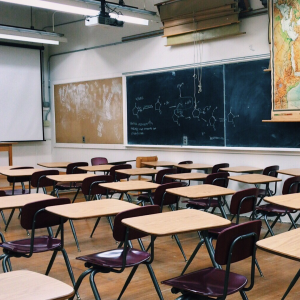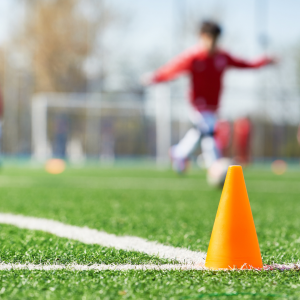Exploring activity levels in physical education lessons in the UK
Physical education (PE) provides cognitive content and instruction designed to develop motor skills, knowledge, and behaviours for physical activity and physical fitness. Supporting schools to establish physical education daily can provide students with the ability and confidence to be physically active for a lifetime.
Physical education lessons are a crucial part of the curriculum in schools. When students take part in physical education, they can: increase their level of physical activity, improve their grades and standardized test scores and stay on-task in the classroom. Increased time spent in physical education does not negatively affect students’ academic achievement.
The aim of this study was to establish pupil fitness levels, and the relationship to global norms and PE enjoyment. To measure and describe physical activity levels during secondary school PE lessons, in the context of recommended levels, and how levels vary with activity and lesson type .
.
Previous research shows students who exercise regularly have a better quality of sleep and are therefore more alert at school resulting in higher levels of concentration. Physical exercise also helps children relieve stress and anxiety as well as teaching children to have improved self discipline. They can implement this self control in all aspects of their life, from controlling their emotions better to being more self motivated with their studies.
Physical activity (PA) promotes positive body image in teenagers, especially amongst women and girls. In this age of social media and societal pressure to look a certain way, this is massively important. PE also helps children to develop their confidence. This can have a positive aspect on all areas of their life, such as their personal relationships and ability to integrate quickly and make friends, to thinking about their future goals.
697 pupils completed a multistage fitness test and wore accelerometers to measure physical activity during PE lessons. Multilevel models estimated fitness and PE activity levels, accounting for school and class-level clustering.
Findings show that PE lessons were inactive compared with current guidelines. There is a clear hierarchy of PE activities, with some differences recorded for moderate-to-vigorous PA and girls-only lessons; however there are more similarities between groups, particularly enjoyment of PE, where regardless of sex, pupils that ‘strongly agreed’ to enjoying PE were fitter than their counterparts.
Regular exercise is vital in the fight against child obesity. We all know the many health problems that are associated with obesity and how important it is to lead a healthy, active lifestyle. Positive exercise habits that are implemented in childhood and adolescence will likely continue into adulthood. This study proposes that if we are to continue to develop a range of sporting skills in schools at the same time as increasing levels of fitness and PA, there is a need to introduce additional sessions of PE activity focused on increasing physical activity.
Its been recommended that teachers must deliver higher physical activity in PE, and reduce sedentary time. This might be through choice of activity, lesson type, or the inclusion of new elements to a lesson to both increase activity intensity and enjoyment. Most importantly the monitoring of physical activity levels in PE and the fitness of all pupils, especially the least fit children in deprived areas, should be considered as part of any future activity action plan or exercise intervention in schools.
Elite point of view:
Do you think there is a sufficient amount of physical activity being taught in schools? Are there ways that physical activity levels could be improved during your child’s school PE sessions? Or do you think during school hours academic subjects should have priority? The question that this article highlights is do you think that your child is getting enough physical activity within their PE sessions at school? If not, do they take part in after school clubs if available?
If your child fails to engage at school for whatever reason, we can help provide one on one and group fitness solutions here at Elite Fitness. We offer memberships starting from age 11 up. We have a range of friendly and knowledgeable personal trainers who are more than happy to give free advice and can offer guidance regarding health and fitness. Even if your child does get some physical activity during school they can always benefit from more; this is where our classes and events are brilliant as they have the added bonus of the social aspect too.


